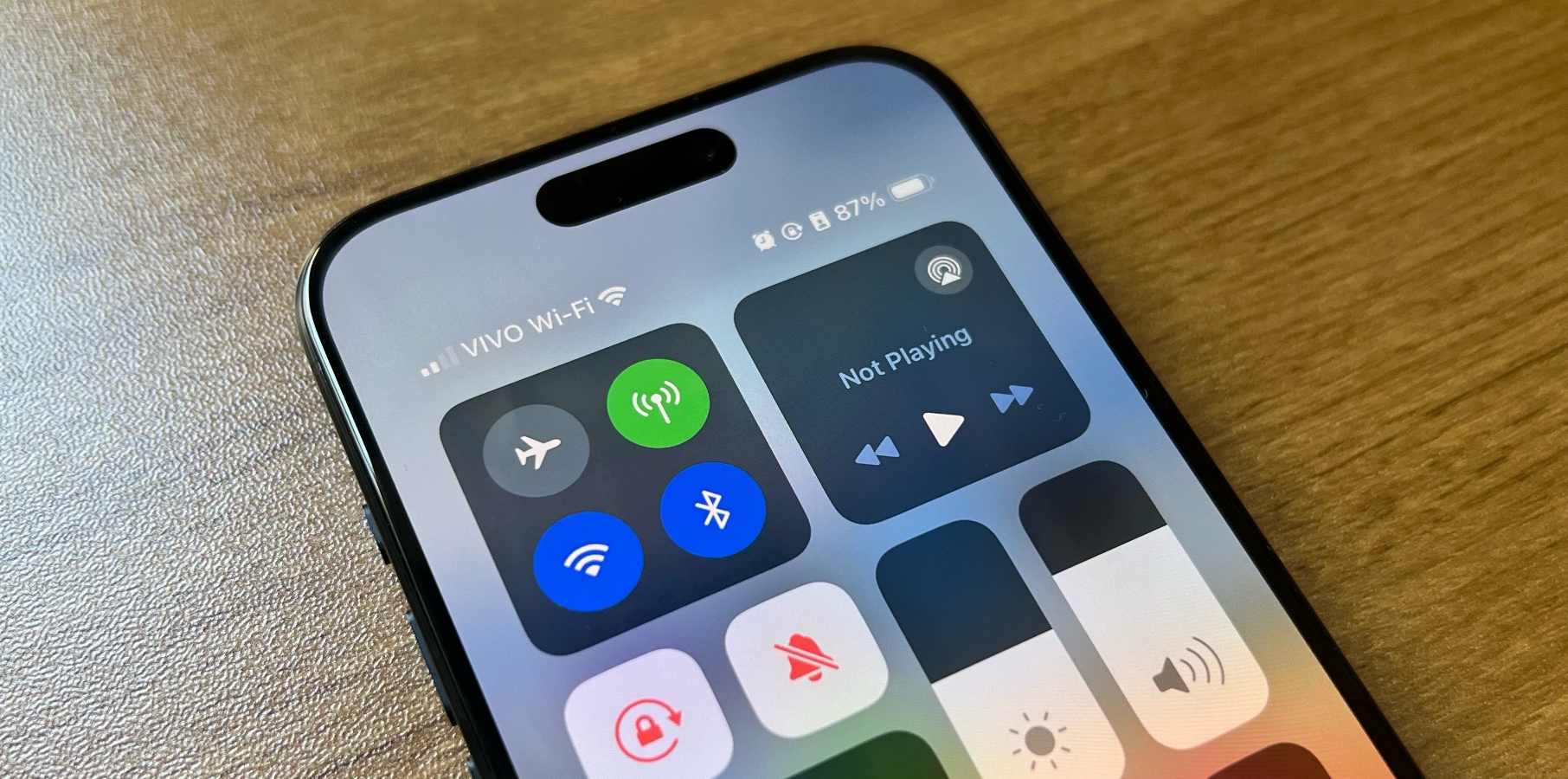In the United States, short-term interest rates have been near zero for most of the last 15 years. With cost of capital this low, many managers have paid scant attention to the time value of money — an essential concept in doing financial analysis. Now, with short-term rates above 5%, older managers need to brush off their instinctive feel for how capital costs affect investment prospects — and a younger generation of managers needs to learn these skills for the first time.
Imagine a planet where someone turns off gravity for 15 years. During this time, people get used to effortlessly flying around. But then gravity suddenly returns. Those accustomed to flying everywhere now need to navigate a weighted existence on the ground — and relearn basic skills such as walking. Walking may seem like a rudimentary activity, but if people don’t do it for 15 years, muscle memory fades.
That scenario is analogous to the effect of interest rates being near zero for approximately 15 years, then suddenly increasing to the 5% range. Fifteen years is a very long time in a business career. And adjusting to this new interest rate environment will require significant shifts in behavior and mindset for managers and investors alike. Older managers will need to re-build the natural intuition they once had for concepts like hurdle rates and discounted cash flows — and a younger generation, those who entered the workforce after 2008, will need to develop an instinctive feel for these concepts from scratch.
This latter group might be surprised by a simple fact: short-term interest rates aren’t normally near zero. But in 2008, in response to the Global Financial Crisis, the U.S. Federal Reserve dramatically lowered the federal funds rate to boost the economy, implementing what became known as its “zero interest rate policy,” or ZIRP. Even as the economy recovered from the 2008 recession, the Fed kept rates low for an extended period of time, and then returned to this policy during the Covid-19 pandemic. As a result, short-term interest rates in the U.S. were near zero from 2008 until 2016, then again for much of 2020 and 2021. Over the last 15 years, they’ve only been above 2% for a brief period in 2018 and 2019.
But now it’s 2023, and ZIRP is over. The benchmark Fed Funds rate is currently above 5.25%. Five-, 10-, and 30-year U.S. Treasuries all now yield nearly 5%, their highest levels in a very long time.
The near-zero level of interest rates, the number of years they stayed at this level, and the pace at which they have since gone up — all of this is essentially unprecedented. But “unprecedented” has been an overused word lately, so there may be a tendency for managers to glaze over and not realize what a massive deviation this is from business as usual.
That would be a mistake. This interest rate shift is a seismic event, affecting any business decision involving multi-year cash flows. “Interest rates are to asset prices … like gravity is to the apple,” in the words of Warren Buffett. “They power everything in the economic universe.”
For managers unaccustomed to naturally considering the time value of money or the cost of capital when deciding what projects or investments to pursue, a lack of awareness of how important these concepts are can lead to dangerously wrong conclusions.
One simple way to demonstrate this is to use a thought experiment I first encountered while working at a strategy consulting firm. It’s the type of question consultancies sometimes use in job interviews, to try to understand how candidates think.
Assume a scenario in which:
- You will commute by train to and from work every weekday for the next five years.
- You need a token for each such round trip you take on the train.
- Tokens currently cost $1 for each round trip (to and from work).
- Tomorrow, the price is going up to $1.20 — where it will stay for the next five years.
- Before the price rises, you can buy as many tokens as you want at today’s $1 price.
- Only you can use the tokens you buy, no reselling.
The question is this: How many tokens do you buy at today’s $1 price before the price permanently goes up to $1.20?
Many people start with an approach that seems intuitive enough: I should buy as many tokens as I can afford, up to the full five years’ worth. Indeed, this seems like a no-brainer, a deal with a guaranteed, risk-free return. If you know you’ll need 1,250 tokens (assuming 250 commutes per year for five years), and you know tokens will cost 20% more if you don’t buy them now, why not buy 1,250 today — and enjoy $250 in savings?
Some people try to get more exact: What about accounting for vacations and sick-days? Should I adjust for the post-Covid “work from home on Friday” policy? Is 250 commutes per year the right number, or might it be lower? And so on.
Those going down this path may get their math right. But they’re not doing the right math. In fact, the correct first question to ask is: What else can I do with my money?
In the consulting-style interview, those who ask that question are told that: a) They can put it into a bank savings account that pays interest at an annualized rate of 10%; b) that this is their only investment option; and finally c) that there are no taxes, transaction costs, bank failures, inflation, etc. to worry about.
Now what? Let’s see what happens to $1 in the bank. After a year it grows to $1.10. After two years, it grows to $1.21 — slightly higher than the new token price.
This way of thinking, one which appreciates the fact that money has time value, leads to a different answer: You should buy two years’ worth of tokens. Money spent today buying any more than that would be better off compounding in the bank. You can then withdraw it as and when needed to buy tokens in the future. Over time, this will leave you better off than buying all the tokens up front — all because of the time value of money.
This very simple idea — the time value of money — underlies common finance concepts such as net present value (NPV) or discounted cash flow (DCF). Yet even people adept at building complex spreadsheets to precisely compute NPV and DCF figures (e.g., for project financing or asset valuation models) often get stumped by the subway token question. They know how to plug discount rates into formulas, but they don’t instinctively know to apply it in everyday situations. And this is particularly true for those who have come into the professional world after 2008, during the ZIRP era.
I don’t blame them. It’s hard to form a practical intuition about the time value of money when things like bank accounts paying meaningful interest haven’t been part of one’s lived experience. Indeed, if and when interest rates are zero, there is no time value of money. In such a world, arguably, buying all the tokens you can makes sense — and by analogy, so does funding all the projects, acquiring all the startups, hiring all the candidates, purchasing all the real-estate, and so on.
But interest rates are no longer zero. And, to once again borrow the words of Warren Buffett: “The value of every business … the value of any economic asset is 100% sensitive to interest rates.”
With this in mind, any strategic or financial decision involving multi-year cash flows must be re-examined under new, realistic assumptions for the cost of capital. Since the cost of capital has now gone up considerably compared to what it has been for a long while, updated math will likely show that immediate moves to improve profitability, cash flow, and capital efficiency will add more value than investments targeted towards producing growth years down the line.
Fixing the math above is a necessary start. It may be just as important to also fix institutionalized managerial mindsets developed over the past 15 years. In particular, thanks to the impetus provided by near zero interest rates, “moonshot” thinking has been all the rage over this period. But a return to more old school, value-oriented thinking is likely needed to succeed in tackling the challenges that lie ahead.
The ZIRP years are over. And as the gravity of interest rates returns, those who have become accustomed to effortless flying must now quickly adapt to life on the ground.





